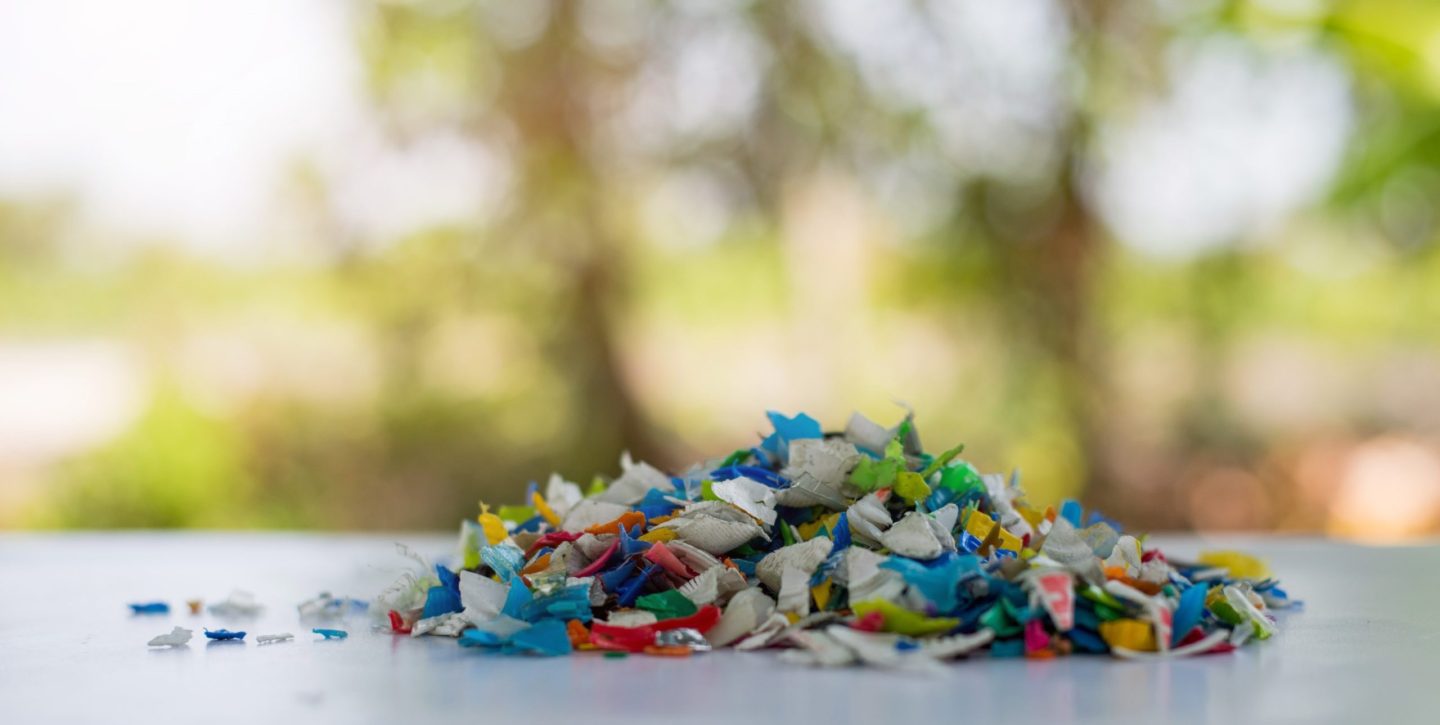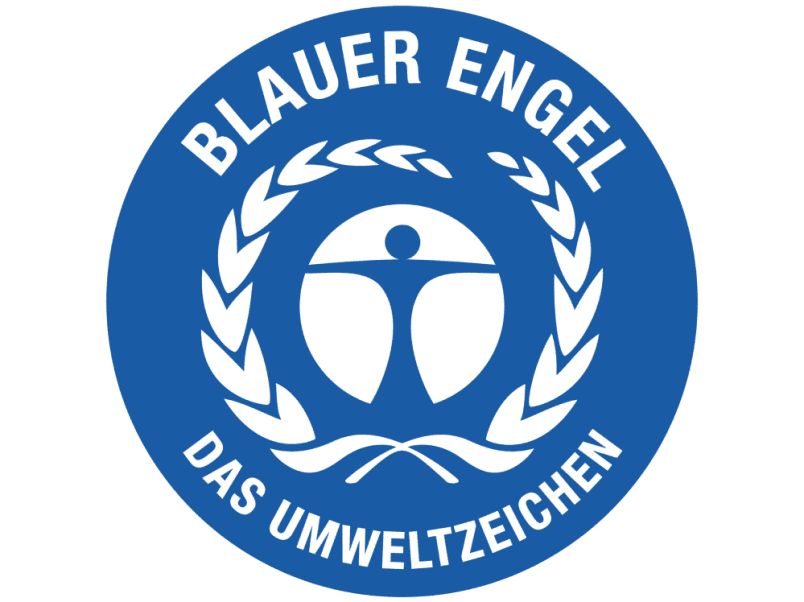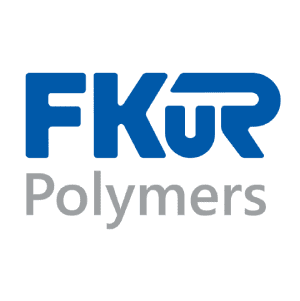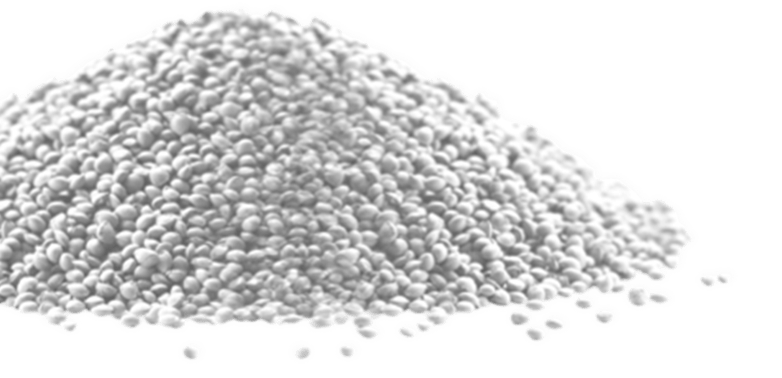
What are recyclates?
Recyclate, recycled plastic, reused plastic - there are many synonyms for this important raw material! After all, recycling plastics not only conserves natural resources, but also helps to save climate-damaging greenhouse gases. This relieves and protects our environment at the same time. Help us to close the loop!
What are recyclates?
Plastic recyclates or recycled plastics are secondary raw materials that result from the recycling of plastic waste that has previously been disposed of at least once. Recyclates thus consist of plastics obtained from recycling processes. On the one hand, these can be generated from post-consumer waste from private households, or on the other hand from waste from commercial enterprises (post-industrial waste). The following always applies: No waste, no recyclate!
The most common types of plastics such as PE (polyethylene), PP (polypropylene), PS (polystyrene) or PET (polyethylene terephthalate) can be recycled very well, as they have their own recycling material streams. Collection takes place through collection systems such as the dual system in Germany – better known as the yellow bag/yellow garbage can – in which consumers dispose of packaging materials such as bottles, tubes, or other plastic packaging.
By rethinking packaging design (design for recycling) and increasing consumer awareness and motivation, the quantities of recyclable plastics can be increased even further in the future.

Do you want to make your packaging fit for recycling or use a recyclate in your products?
We are your reliable supplier of recycling raw materials and tailor-made recyclate compounds. We can already serve a wide range of extrusion, injection molding and blow molding applications.
Discover our range here or request your quotation and samples directly.
What is the difference between post-consumer recyclate (PCR) and post-industrial recyclate (PIR)?
You can tell the difference from the name: post-consumer recyclates are obtained from the waste of end consumers – in other words, from the waste of all of us. Post-industrial recyclates, on the other hand, are based on plastic waste generated during the processing of plastics, i.e. from the industrial waste of manufacturers of plastics. Since post-industrial recyclates are generated by commercial operations, the term pre-consumer recyclate is also used synonymously.
Recyclate is a generic term
Recyclate is a generic term that can be divided into the following raw material categories:
Regrind – this is produced by grinding plastic waste and usually consists of particles with a size of 2-5 mm. It often contains a dust component, which has to be considered in further processing.
Regranulate – is produced by melting the regrind. This results in a uniform particle size without dust content, thus it can be reused in further processing without any problems.
Regenerate – is also obtained by a melting process. By adding additives, however, various properties can be defined and adjusted according to the specifications. The regenerate has a uniform particle size distribution and also contains no dust
How does the Circular Economy Act define recyclates?
At European level, there is no generally applicable definition for the term “recyclate” to date. In order to provide more transparency, the German legislator in 2020 defined the term “recyclate” as follows: “secondary raw materials that have been obtained through the recycling of waste or are produced during the disposal of waste and are suitable for the manufacture of products”. (see Section 3 (7b) of the Circular Economy Act.
How are recyclates generated?
An important part of the smooth processing of plastic waste begins with the sorting and separation of the waste. The recycling industry has modern equipment that uses chemical differences and sensory technology to detect and separate the individual types of plastic. In this way, impurities can also be detected at an early stage and contaminants can be sorted out.
The recovery of recycled plastic takes place in a production process consisting of several steps. After collection, the plastic products are separated from each other in a multi-stage process as purely as possible. NIR (near infrared spectroscopy) cameras are generally used for sorting so-called lightweight packaging or other mixtures of recyclable materials. This makes it possible to distinguish between the various plastic types in a fraction of a second, resulting in highly homogeneous material groups.
The properly sorted materials are then shredded, washed, melted down and, if necessary, reprocessed in other ways. This produces recyclates in line with market requirements that can be reused in new plastic products.
What is EUCertPlast?
The European Certification of Plastic Recyclers (EuCertPlast) is a Europe-wide harmonized certification system that came into force in 2012. It is based on the European standard EN 15343:2007 for “Plastics. Recycled plastics. Traceability of plastics recycling and assessment of compliance and recycled content” and was developed under the guidance of the European Plastics Recyclers Association (EuPR) and the European Association of Plastics Recycling and Recovery Organisations (EPRO).
The EuCertPlast certification focuses in particular on traceability of plastic materials throughout the recycling process and supply chain, as well as quality of the recyclate itself. The EuCertPlast certificate has established itself as proof of a high recycling standard and is therefore recognized as proof by many other organizations. The well-known environmental label “the Blue Angel” can only be achieved for products made from recycled plastics if the raw material used is EuCertPlast certified.
What is meant by circular economy?
Our global resources are limited. That is why recycling raw materials is not only worthwhile but necessary for the conservation of finite resources and the protection of the environment and climate.
The circular economy is a principle of sustainability and the antithesis of the one-way street of our “throwaway society”. It is based on using raw materials, materials and products as long as possible and as often as possible, passing them on or, if necessary, repairing things. If this is not feasible, products should be able to be separated into their original materials so that these in turn can serve as raw materials for new things. Recycling – the reprocessing of raw materials – is one of the core processes of the circular economy. At the same time, it is the new start for a new raw material – thus closing the circle.
Above all, a functioning circular economy conserves fossil resources, avoids waste and reduces environmental impact.
Join us on our way to a more sustainable future. You can find out more about FKuR, our commitment to promoting the circular economy , the “8R” principles of the circular economy and our infinite cycle of bioplastics here.
Focus on sustainability: The new Packaging and Packaging Waste Regulation (PPWR) and its significance for recyclates
Find out how the new EU Packaging and Packaging Waste Regulation (PPWR) is shaping the future of the circular economy and the use of recyclates in the plastics industry. Read more in our knowledge article on the PPWR about the legal requirements and how FKuR can support you on the way to a more sustainable packaging solution.






